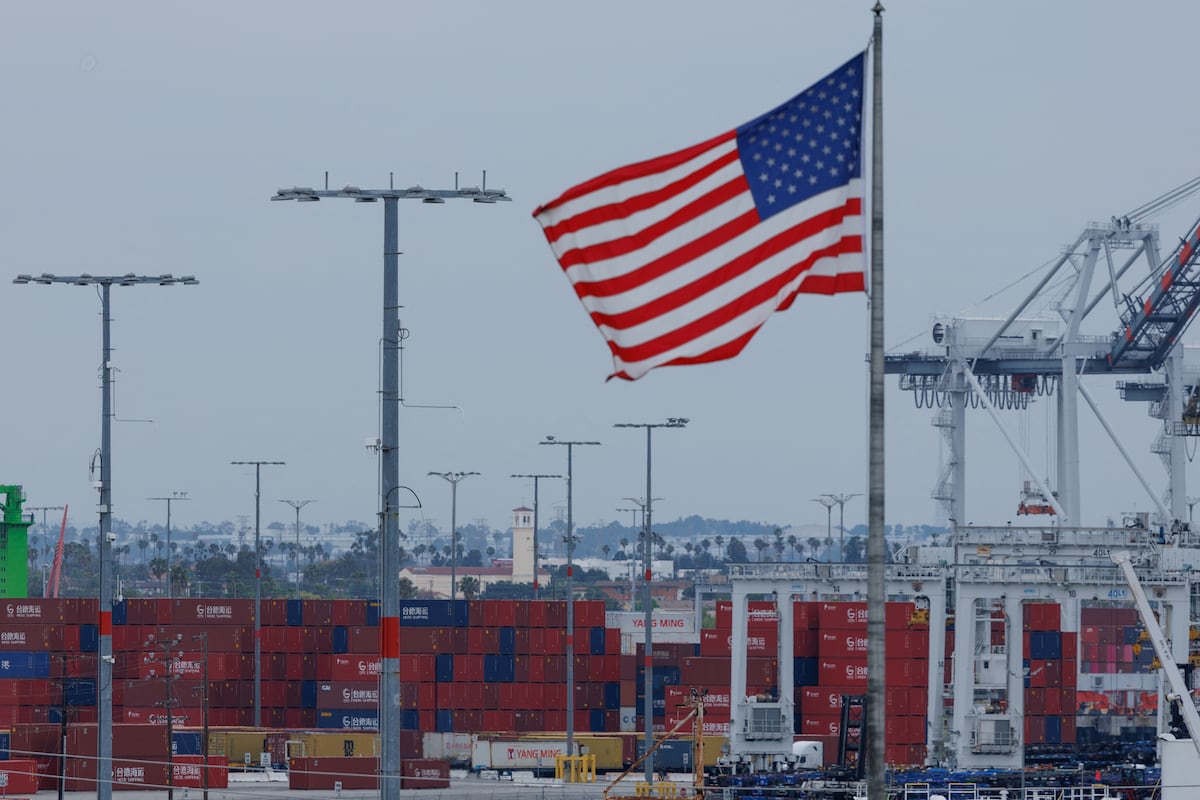Tariff Tsunami: How Trump's Trade War Crushes Corporate Profits

In the face of mounting economic challenges, businesses across industries are taking a cautious approach by revising their financial outlooks. Mounting uncertainties, escalating operational costs, and signs of an economic slowdown are prompting companies to adjust their earnings and profit projections downward. This strategic recalibration reflects the complex and volatile market landscape, where businesses are prioritizing financial prudence and risk management in an increasingly unpredictable economic environment.
